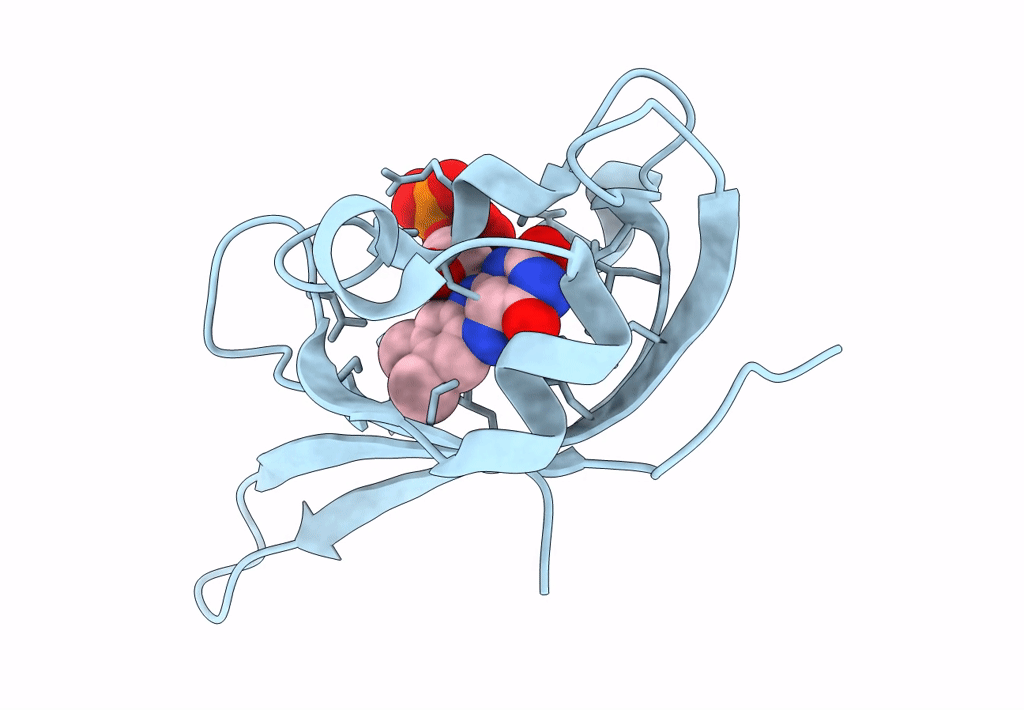
Deposition Date
2022-06-10
Release Date
2023-03-29
Last Version Date
2024-10-23
Entry Detail
PDB ID:
8A4E
Keywords:
Title:
Room temperature structure of AtPhot2LOV2 in a photostationary equilibrium
Biological Source:
Source Organism:
Arabidopsis thaliana (Taxon ID: 3702)
Host Organism:
Method Details:
Experimental Method:
Resolution:
1.96 Å
R-Value Free:
0.22
R-Value Work:
0.18
R-Value Observed:
0.18
Space Group:
P 43 21 2


